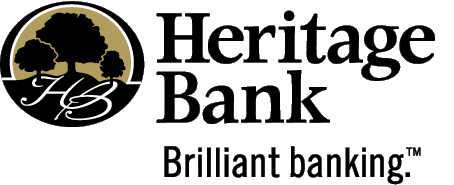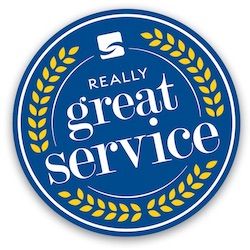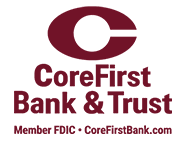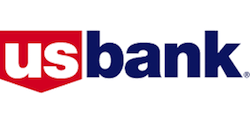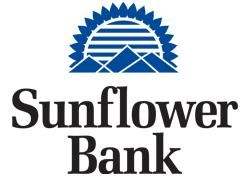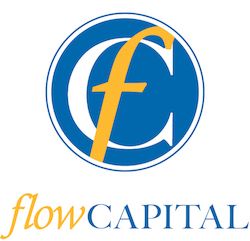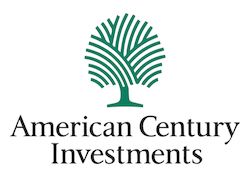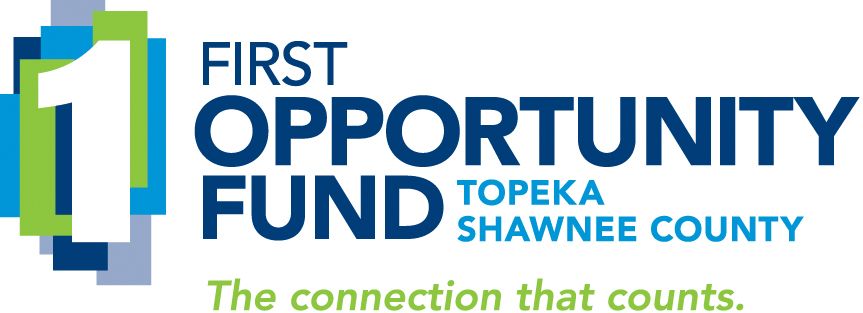 The financial challenges facing millennials are intense, and they need help. While millennials’ financial struggles are similar to those of previous generations, millennials also have unique needs that true marketing game-changers will notice and address. Fast.
The financial challenges facing millennials are intense, and they need help. While millennials’ financial struggles are similar to those of previous generations, millennials also have unique needs that true marketing game-changers will notice and address. Fast.
In a recent survey with the Banktastic National Millennial Advisory Board, we asked how they are reaching their financial goals and about the obstacles that slow them down. They described splurges, funding large purchases, lack of knowledge and the emotions that accompany the highs and lows of personal finances.
Our board, made up of more than 400 diverse consumers across the country, was created to provide valuable insights for bankers into millennial attitudes and opinions about all things money.
Millennials are now the largest adult population in the U.S. By 2030, they will have five times the wealth they have today and become the richest generation in history. To be well positioned for the future, it’s essential for bankers to understand this audience and make their marketing and products relevant to their unique needs.
Most of their top concerns are all in the present, and this article shares a sampling of their comments. They deal with the reality of high costs such as: childcare, health insurance, health care debt, rising cost of living, stagnant wages, student loan debt and affordable housing.
Millennial comments included:
“We have 3 kids in daycare now so the VAST majority of my paycheck goes to that. It doesn’t leave much left over for the rest of the expenses, let alone saving.”
“… I mean rent is stupid expensive.”
“High cost of living. My rent is half my take home pay.”
“We prioritize health, so we spend quite a bit on quality ingredients, supplements, etc. And it takes a good chunk of our budget.”
Millennials may not know bankers can help—and they don’t know how to ask
Their needs run the gamut. They’re asking for things that exist—and other things that do not yet exist, but forward-thinking bankers can develop.
Financial marketers may already have products to address all of these Gen Y issues. So it may simply be a matter of promoting them to this audience.
It’s also possible that those products may need some tweaking—or re-creating—to effectively answer millennial customer needs.
The Banktastic board gave some frank feedback that can spur conversations and innovation within the bank. We’ve broken their input into four main areas for trailblazing marketers:
1. Millennials crave financial education
Millennials are smart and informed, but need help taking the next steps to put the financial puzzle together. Many bankers are aware of this already, but more work may be needed. Bankers who critically examine their efforts to educate millennials will position the institution as a valued partner in their financial journey and build value for the customer and for the brand. Comments included:
“My husband and I have been trying to budget better … eating out less and have done less ’fun’ spending to be able to put away money. We have also started making coffee drinks at home. This may be a small thing, but the ingredients cost us about $40 for a month’s worth of coffee drinks vs. $40 getting us about 7 drinks at a coffee shop. Little things add up a lot.”
“I definitely could use some budgeting classes or strategies (lol).”
“I realize those mini-splurges add up.”
“Clearer insurance policies, making sure to have money saved in an extra account for emergencies.”
How financial marketers can help:
Whether creating customized programming or using syndicated content, it’s vital to offer education through the channels and formats that appeal to millennials. Topics must appeal to their generational needs.
Information on this programming belongs on the bank’s website, social media channels, the app and online banking login. Customized emails or PURLs with content just for them and that allows them to access it as they prefer will keep educational offerings at top of mind when most needed.
A successful campaign will have KPIs to monitor progress. What are the most-visited pages? What educational sections are started, then abandoned? A best practice is to continue to review and refine educational offerings so millennial customers get real value from the investment of their time and grow deeper connections to the institution.
First Federal Bank of Kansas City is promoting a chance to win $250 for customers who complete its financial education playlist. See it here.
2. Millennials want financial tools
Education is a solid first step, but millennials put good financial habits into practice when they are given the tools to make implementation easier. Comments included:
“Less complex finances. I pay for a lot of things I am reimbursed (for) at work, but tracking what is mine and what is work at the end of the month can get confusing.”
“I’m struggling not to just pay off the rest of my car loan so I free up that amount off my paycheck, but the interest is so low that I know it doesn’t make financial sense to do it … but it’s so tempting.”
“Like a real-time calculator where I could put in the cost of something I’m about to buy and it would spit out how much that amount would be worth if I saved it in one, five, or 10 years, etc.”
How financial marketers can help:
They also asked for help with:
- Couponing or finding the best pricing and discounts on their purchases.
- Finding the best credit card rewards for their particular needs.
- A warning before they plunge into the splurge.
- Help saving up front for the splurges.
It’s not enough to have these tools. They must be promoted. Too many banks falsely assume customers know about them. Banks who don’t have these tools can put them in place with partnerships or new features within the existing technology stack. Tech must be tested to ensure ease of use.
3. Millennials want financial products that fit them
The products the institution currently offers may be excellent solutions that millennial customers simply are not aware of yet. If so, the marketing should have specific images and messaging that demonstrate an understanding of the customers’ situation and how the bank can help with their specific needs. Some examples of this:
“I need ways to refinance debt at lower rates/smaller payments.”
“I have taken out a debt consolidation loan which will help me just focus on one payment. But that doesn’t really solve for saving more so I am needing to be extra mindful of my spending these days.”
“I’m working on growing my business so my income isn’t where I want it to be yet, so I don’t save as much as I’d like or as much as I used to.”
“Husband undergoing cancer treatment.”
“We own a real estate company and are trying to sell our latest reno. More money is going to the bills for the house that would have been saved.”
“Help me avoid payday loans.”
How financial marketers can help:
If the bank’s financial products are not a good fit for millennials, they can’t be forced. Sometimes products can be adapted so they’re more appealing to this generation.
Millennials respond when they feel understood by their bank and when the offering clearly conveys how it will make a difference in their lives. They’re looking for personal relationships and connections on a deeper level.
Based on the board’s feedback, a good place to start is with solutions such as:
- Debt consolidation
- HSAs
- Payment solutions for full time entrepreneurs or those with a side hustle
- Early paycheck funding
- Re-fi products
- Micro loans
Analysis is required to ensure solutions are attractive to millennials, to identify the potential market need and to predict the ROI to the bank. Product testing is beneficial in preparing to market something new. Feedback in early stages helps banks avoid costly pitfalls.
4. Millennials need emotional support
For everyone, money has emotional and attitudinal strings attached. For millennials, these strings can feel like a stranglehold. Many times, the Banktastic National Millennial Advisory Board has shared that they don’t want to be made to feel stupid for not knowing something. Some say they’re painfully aware that they need help.
“Finding a solution to impulse and compulsive shopping.”
“Being more mindful of what I have already so I don’t feel the need to buy more of something.”
“Probably a bigger rainy day fund and less anxiety about using the rainy day fund.”
In the recent survey, nearly everyone said they sometimes feel guilt or buyer’s remorse. And though they feel they shouldn’t, they say they judge themselves or others for spending or splurging.
Post-pandemic, many are finding they have re-evaluated what they want to spend on, prioritizing travel and experiences over things. Here is one example comment:
“I feel like the past couple of years of my life have led me to reevaluate what is truly important and to let go of my desire for material goods. Now I prefer to splurge on experiences I can share with loved ones, or anything that will promote my overall health and well-being, or my personal development and spiritual growth.”
Several mentioned the combination of money and their marriage as an emotional thing.
“My years-long approach of nagging certainly has not been the solution … I’m open to suggestions.”
Others mentioned the spouse’s spending on recreation. Others said spending on clothing, gaming and fantasy football are sore spots.
How financial marketers can help:
Bankers cannot solve emotional issues that are better left to other professionals. But marketing and customer experience strategies can demonstrate real people delivering personalized service. Millennials want to know that their bankers understand their needs, are interested in them and can help them achieve their financial goals.
Bank marketers can be aware that these feelings are weighing on Gen Y minds and factor that into marketing messages. Some examples:
- Pop-up congratulatory in-app messages when they deposit into savings.
- A “way to go” or smiley emoticon shows up when timely loan and credit card payments are made.
- Giving rewards or points toward perks for completing educational activities.
- Ads and social media with copy and imagery that’s uplifting and empowering.
- Countdowns to reaching savings or loan payoff goals.
Banks that listen to millennials’ financial needs and offer more tailored solutions will build trust and loyalty.
By taking these steps, bank marketers can show millennials that they are listening to their needs and that they are committed to helping them achieve their financial goals. Banks that do will win the hearts of the generation who by 2030 will be the richest generation in history.
For ways to demonstrate your bank or credit union's value to millennial business owners, read our article: How to win the banking business of millennial entrepreneurs.
This article first appeared in the American Bankers Association Marketing Journal. If you're looking for a bank marketing agency to help make your bank, credit union or advisory firm more valuable to millennials, contact Martha Bartlett Piland, CFMP:
Dollar bill photo credit: Joshua Hoehne on Unsplash.



